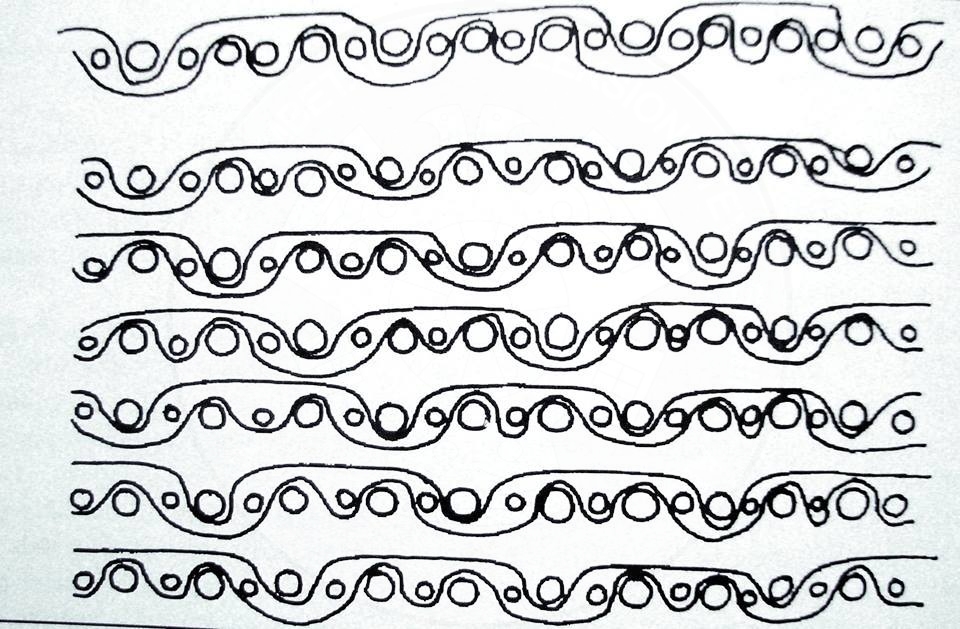Restorer Frederik Stamati has published sketches of the oldest damask textiles discovered in Albania. These types of textiles say the restorer was discovered in 1983 by the archeology of the Moon Spahiu in the cemetery of the Dalmatian castle, belonging to the century. VI-VIII
Restorer Frederik Stamati has published sketches of the oldest damask textiles discovered in Albania. These types of textiles say restorer were discovered in 1983 by the archeology Moon Spahiu at the cemetery of the Dalmatian castle.
“At that time I was studying the history of textile production from our ancestors since the Illyrians and the arboreal population. Everything was based on archaeological material. ” Stamati has recalled the process of treating this old structure and the problems that have arisen during the discovery and the difficulties in obtaining data from this material due to their decomposition, where “evidence” was disaggregated in some knitting drawings, giving the appearance And how the yarns are woven. “During the excavation was very careful and some text fragments, small fragments, attached to metal objects were extracted. Interestingly there was a thin sheet of rusty iron, no more than 10 square centimeters, over which six textile layers lay. Everything was decomposed and turned into dust. It could not be broken because you disappeared. The study was done in the lab, observing the stereomicroscope fragments in the magnification 100 times. I worked two weeks in a row, eight hours a day. At the end of October I looked white and not color … The results of the analysis are shown in some knitting drawings, where not only the appearance but also how the threads are woven “. From Stamati’s study, it turned out that the textiles were silk. They belonged to the twentieth century. VI-VIII. After the laboratory process the result was related to the fact that these are the oldest damask textiles discovered in Albania. But not as silk, the restorer shows, because the silk textiles we first encounter in Apollonia in the nineteenth century. VII p.e.r.
Are they produced here? Stamati gives the answer: No. The information that comes is that at that time the silk culture, coming from China, had just entered the Balkans. Studies carried out by Rrok Zojsi show that in our country the cultivation of silkworm started there by the century. XI. But these textiles for the specialist are of particular importance because they show that the population of that area was not isolated, but had many commercial relationships. “The final drawing depicts the passing of a single colored yarn, which formed geometrical motifs during weaving. So some of these textiles have been decorated with geometric motifs. Such a technique is also found in textiles with geometric decorations produced by the Zadrima population during the century. XX “. The full study was published in the “Popular Culture” magazine in 1996, titled “Fragments and Traces of Textures Discovered in the Cave of the Castle of Dalmatia”.
Get it from mapo.al

